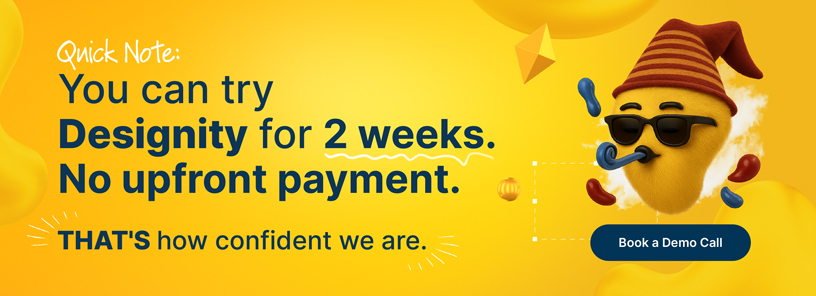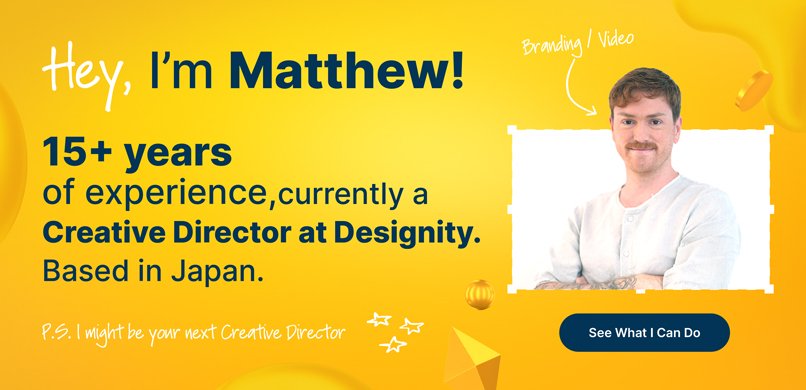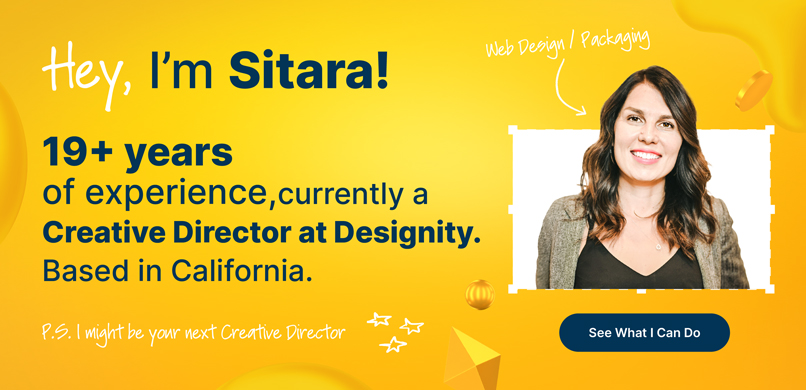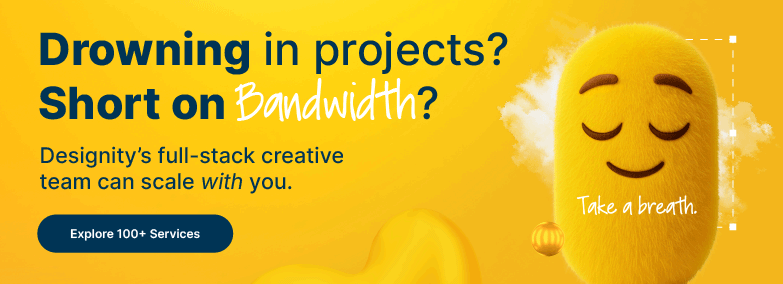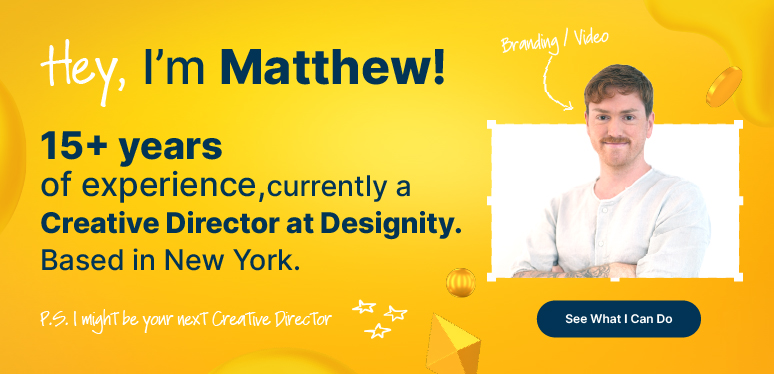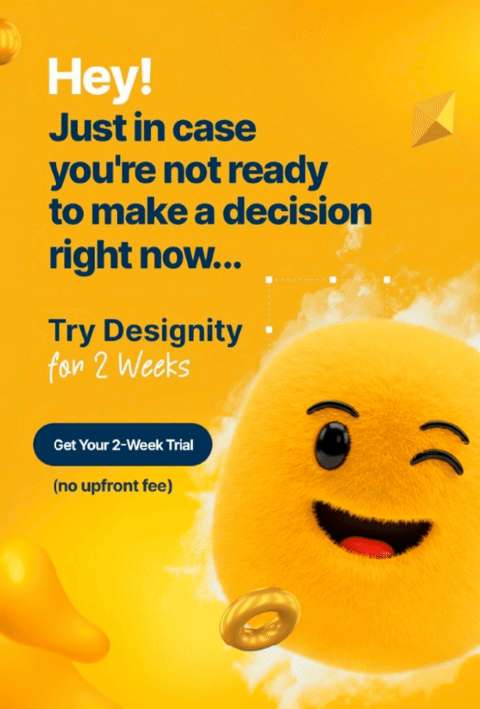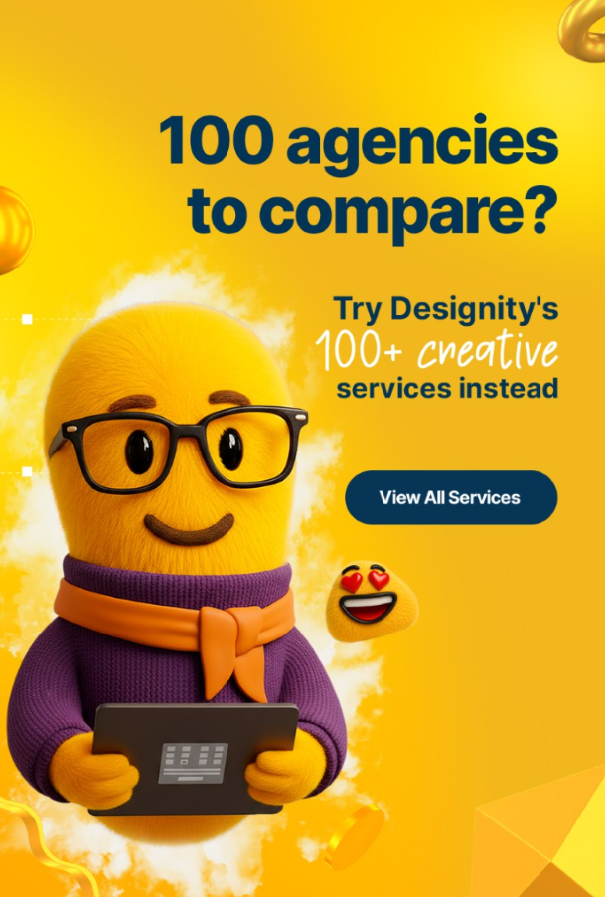It’s a competitive world out there, marketers, and if you want to stand out, you’re going to need more than just a good product or a great service.
To truly stand out, you’re going to need to make sure you’re streamlining your marketing efforts by strategically targeting the best-fit customers, creating personalized messaging to reach them, and positioning your brand in a way that makes your product or service irresistible to your audience.
This is where Segmentation, Targeting, and Positioning (STP) strategies come in. Mastering STP will allow your brand to laser focus your marketing efforts on the customers most likely to convert, so you drive more sales and grow your business.
Ready to learn more about STP and how the strategies you can use to make it work for you?
We’re ready to show you! Today’s blog is exploring the key principles of STP and how you can use them to better target your customers and boost your conversions!
Let’s get started!
What is Segmentation, Targeting, and Positioning?
Segmentation, Targeting, and Positioning refer to three marketing pillars that break down the process of finding, reaching, and appealing to your ideal customer base.
Here’s a bit more about how it works:
- Segmentation — Dividing your broader market into smaller, more defined groups based on specific characteristics like demographics, behavior, or geography.
- Targeting — Once segmented, targeting refers to selecting the segments with the most potential for conversion to focus your marketing and resources on.
- Positioning — Creating unique and compelling visuals and messaging that positions your brand as the best solution for your target audience’s needs and preferences.
The Importance of Targeting Customers Through Segmentation

In today’s market, with so many different channels, a one-size-fits-all approach just isn’t going to cut it.
Let’s get started with why it’s so important to segment your audience.
Audience Understanding
When you segment your audience, you give yourself a chance to get to know them better as well as tailor your messaging to better meet their needs.
By dividing your market into distinct segments like behaviors, demographics, social media platform, or interests, you are better equipped to fine-tune your messaging to speak directly to those segments. This allows your content to resonate more, as you address their specific needs or challenges.
Improved Marketing Efficiency
Targeted specific segments of your audience means you’re no longer throwing spaghetti at a wall and hoping it sticks somewhere.
Instead, you’re focusing your energy on the groups in a way that is designed to be more meaningful to them and that they’re more likely to respond to, which makes better use of your ad dollar and improves the overall efficiency of your campaigns.
No more wasted efforts on broad, generalized messaging. Instead, reach the right people with the right message.
Customer Satisfaction
By improving your marketing efforts, you’re also improving your customers’ experience with your brand. People love to feel understood and when your brand is speaking directly to their concerns or interests, they’re more likely to respond positively and stick around.
Types of Market Segmentation
To better target your customers, here are some ways you can segment your market:
- Demographic Segmentation — Segmenting based on characteristics like age, gender, income, education level, etc.
- Geographic Segmentation — Dividing the market by location, whether that be city, state, or even global regions.
- Psychographic Segmentation — Segmenting based on personality traits, values, lifestyles, and interests.
- Behavioral Segmentation — Focuses on customer behavior, such as purchasing habits, brand loyalty, and usage patterns.
How to Execute an Effective Customer Targeting Strategy

Once your audience is segmented, the next step is to develop a solid targeting strategy that lets you reach the right segments with the right message.
Here’s how to get started:
Identify Key Segments
First, you’ll need to start by analyzing the data you have on your audience.
Use tools like Google Analytics, customer surveys, and purchase history to identify key segments that show more potential for high engagement or sales.
Look for patterns in behavior or preferences that set certain groups apart. For example, you might discover that a certain age group is consistently engaging with your content or that customers in a specific region are converting in higher numbers.
Whatever your detective work unearths, identifying these segments gives you a much clearer picture of where to focus your efforts.
Analyze Competitor Targeting
It’s important to realize that it’s not just about what your marketing efforts are doing — it’s also important to look at how your competitors are approaching their audience as well.
Are there segments they’re not paying enough attention to? Or, perhaps, marketing primarily in one area while leaving another area open for your brand to explore?
By identifying gaps in their strategy, you can possibly uncover opportunities to target underserved or overlooked customer groups and refine your own messaging so that it stands out in areas where your competitors might be missing the mark.
Develop Clear Criteria
When you’re selecting segments to target, be sure to have some clear criteria to guide your decision-making.
Consider factors like market size, growth potential, and how accessible these segments are for your business. You want to choose the groups that not only support your business goals but also offer room for growth.
For example, a large but heavily competitive segment might be tempting to go after, but if it doesn’t match your brand’s strengths, it might be more worth your resources to target a smaller, more niche audience. The clearer your criteria, the more focused and effective your targeting efforts can be!
Refine Your Value Proposition
Once you identify your key segments, you’ve got to make sure your value proposition speaks directly to their needs.
What specific problems are they facing? What are their pain points? And how can your product or service solve them?
Your messaging should address these unique challenges and showcase how your brand is the ultimate solution. A refined value proposition can make all the difference in reaching your audience and setting yourself apart from your competitors.
Ways to Position Your Brand to Attract More Customers
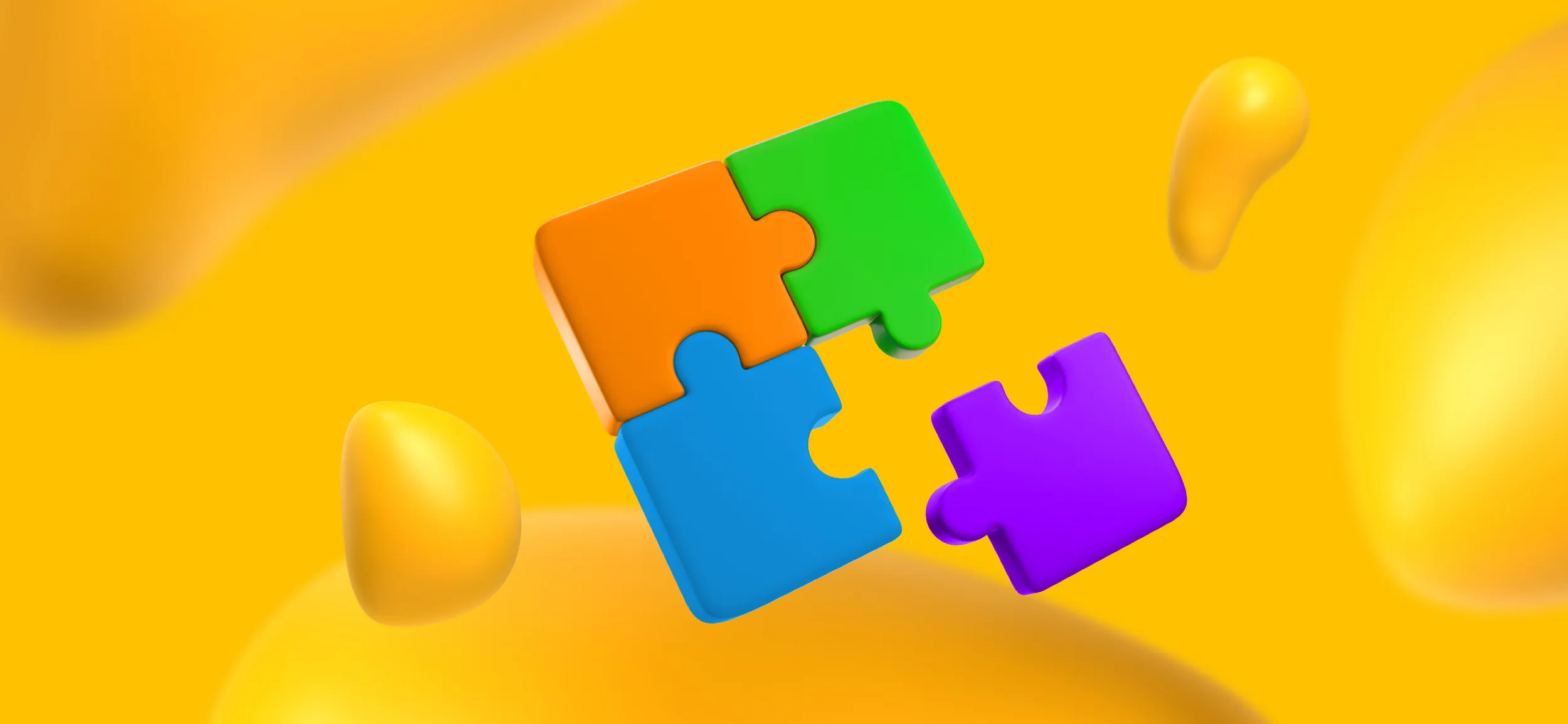
With your customers targeted, your next goal is to position your brand in a way that communicates your brand’s unique value in a way that makes you impossible to resist!
Having a strong brand position not only helps you attract the right customers but keep them too, building loyalty and trust over time.
Here are some strategies to help you stand out in a crowded market and position your brand as the ultimate solution:
Create a Unique Selling Proposition (USP)
This is a big one because your USP is what sets your brand apart from competitors!
So, what’s your USP? If you don’t know, ask yourself the following questions:
- What problem are you solving for your customers?
- What are the unique benefits of your product or service that your competitors just can’t offer?
- What do your customers value most? Quality, convenience, price, something else?
- How can you make your brand more memorable to your target market?
It’s important that your USP resonates with the needs and desires of your target customers. Once you have it nailed down, make sure your messaging reflects your USP consistently across all channels, whether it’s your website, print material, social media, TV ads, etc.
Consistency in your messaging is very important. Which brings us to our next strategy …
Be Consistent
Consistency is key when positioning your brand, and that goes for your messaging as well as your visuals.
If you don’t have detailed brand guidelines that define everything from the color scheme you use to your tone of voice and typography … then hire some designers to get it done! Click that link above to get started.
Once your visuals and messaging are defined, make sure they stay consistent across all your touchpoints, whether it’s social media, email marketing, or your website. This will build familiarity and trust over time, which makes it easier for your customers to recognize and connect with your brand, no matter where they come across it.
Listen to Your Customers
Your customers’ feedback is one of the most valuable tools you have to refine your brand positioning.
So, pay attention to what your customers are saying, whether it’s through reviews, social media comments, or direct feedback. This will allow you to stay in tune with their needs and adjust your positioning accordingly.
Pay attention to the following:
- Are your customers consistently mentioning a specific feature or benefit they love?
- Are there pain points or areas of frustration that keep coming up? If so, they need to be addressed!
- How can you adapt your messaging to better reflect the needs of your audience?
Being open to what your customers have to say not only helps with brand loyalty but also ensures that your messaging continues to resonate with your target audience, keeping you better positioned to serve your customers.
Benefits of Mastering STP for Your Business
It’s a lot of research and work, but mastering STP pays off in huge ways.
Here are just a few benefits that well-researched and effective marketing and targeting strategies can bring to your business:
- Increased ROI — By focusing on specific segments and delivering tailored messaging, businesses can achieve higher conversion rates and better returns on their marketing investments.
- Stronger Customer Relationships — Personalizing your marketing efforts helps build trust and long-term relationships with customers.
- Improved Brand Awareness — Effective positioning differentiates your brand from competitors, making it more memorable and trustworthy in the eyes of potential customers.
<div class="c-blog_comp-cta cc-component-1"><div class="c-blog_comp-cta-left"><div class="c-blog_comp-cta-left-wrap"><img src="https://global-uploads.webflow.com/61cdf3c5e0b8155f19e0105b/6369722e59155470b6840033_Potential-clients.png" loading="lazy" alt="" class="c-blog_comp-cta-left-img"></div></div><div class="c-blog_comp-cta-right"><div class="c-blog_comp-content"><div class="c-text-wrapper cc-mb-32"><div class="c-title-4 cc-bold"><strong>Want to save money without sacrificing the quality?</strong></div></div><div class="c-text-wrapper"><div class="c-text-2">Say goodbye to traditional, expensive agencies and unreliable marketplaces. Say hello to Designity.<br></div></div></div><div class="c-blog_comp-wrapper"><a href="/pricing" target="_blank" class="c-button cc-primary cc-inverted w-button"><strong>Get Your 2-Week Trial</strong></a></div></div></div>
Looking for an STP Partner to Help You Reach Your Customers?
If you’ve come away from this article thinking that perhaps you could use some guidance targeting your customers and sprucing up your messaging and visuals to better position your brand, then you’re in luck.
Because Designity is here to help you do it.
Designity is made up of the top 3% of all of the talented creatives who apply each year, meaning that our creative community is made up of the best of the best in fields like digital marketing, market research, account-based marketing, SEO, graphic design, copywriting, motion graphics, video production, and more — all the talent you need to develop winning marketing campaigns that speak to the right segments of your audience and showcase your brand as the ultimate solution to their needs.
So, if you’re ready to start building out a marketing plan that drives results, why not book your demo call?
It only takes a few minutes. And when you’re done, we can get you started as soon as possible with your two-week, no-obligation trial. Test drive our 100+ marketing and design services for yourself and see firsthand why Designity is the marketing partner you’ve been searching for.
Are you ready to elevate your marketing strategy?
.webp)




